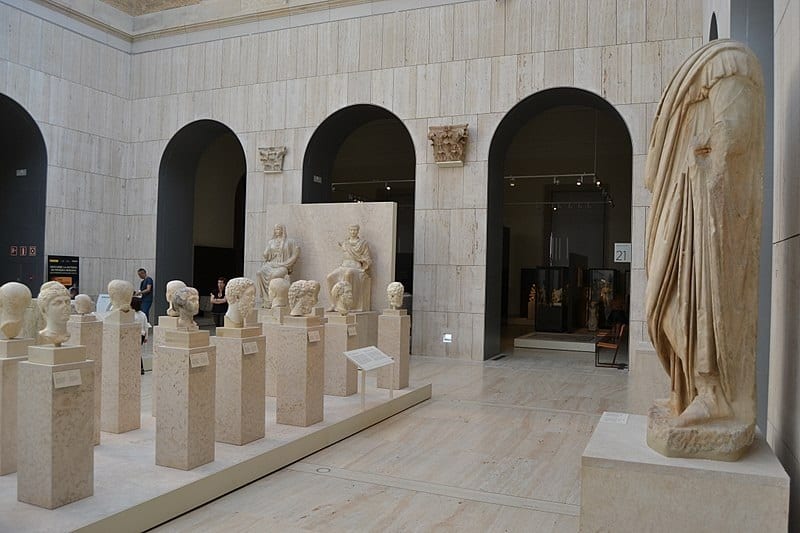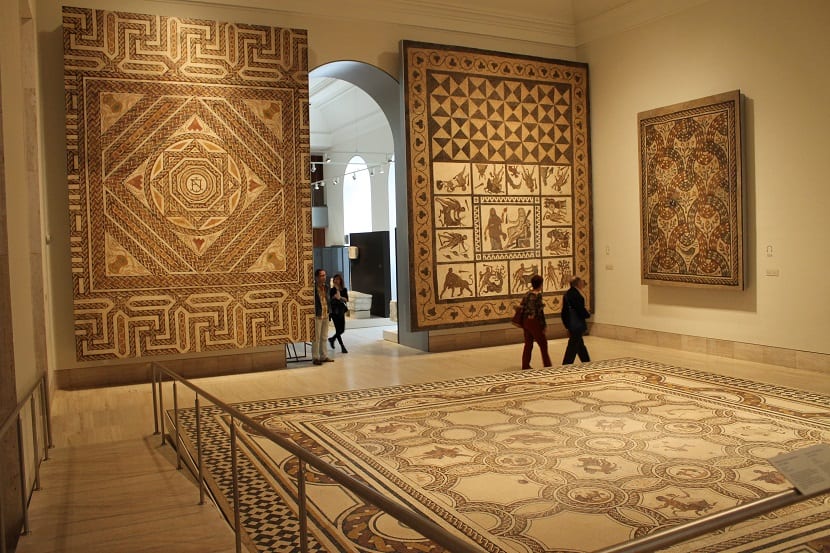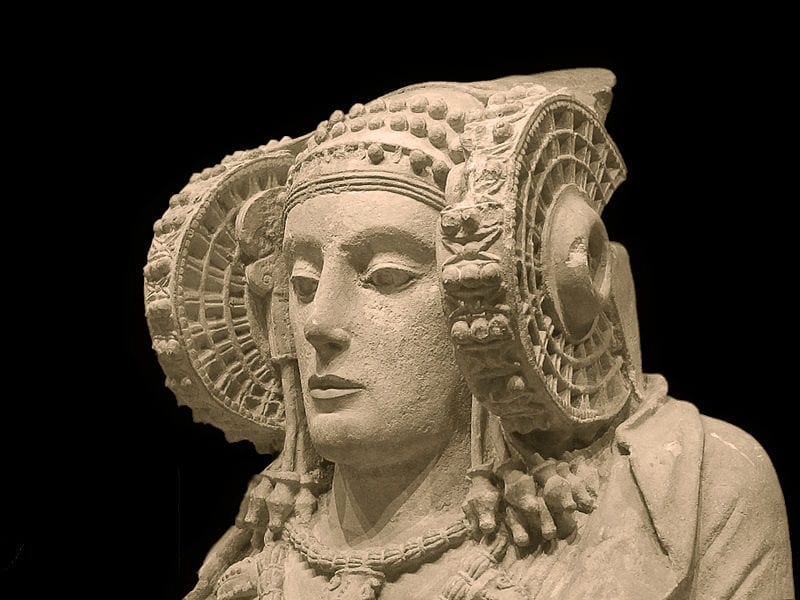
Image | Wikipedia
Located in the Salamanca district of Madrid, it is one of the most important museums in Spain together with the Prado Museum. It was founded in 1867 by Queen Elizabeth II in order to preserve the history of Spain, from Prehistory to the Modern Age. Its inauguration represented the concentration of the cultural legacy of Spain that was previously divided between various organizations.
After a comprehensive reform that lasted six years, the Archaeological Museum of Madrid reopened its doors to display its collection of antiquities and works of art. The 65 million euros that were allocated have made the number of visitors have increased to become one of the most visited museums in the capital.
In addition to having one of the best archaeological collections in Europe, the MAN is reasonably priced and very enjoyable to see, making your visit well worth it.
History of the Archaeological Museum

Image | Wikipedia
The Archaeological Museum was born in the XNUMXth century for two reasons. The first following the European trend of creating national museums destined to show the past of each country. The second because of the impulse that archeology reached at that time, as well as the awareness of the cultural heritage that was in danger of disappearing due to the invasions, wars and confiscations that Spain suffered in that century.
The new Museum had to conserve these goods to put them at the service of the citizens, thus contributing to their formation. The MAN covers several chapters in the universal history of art not represented in the great art galleries of the Paseo del Prado, such as Greek ceramics, Visigothic crowns or Hispano-Muslim ivories.
Since the 40th century, the Archaeological Museum has been gaining greater identity and adding new archaeological pieces from archaeological finds and excavations in Celtiberian sites. Also from the exchange of works of art with France in the 70s such as the Guarrazar crowns or the Lady of Elche. In the XNUMXs they incorporated works from the Spanish excavations carried out in Africa as a result of the agreements with the Egyptian government on the occasion of the construction of the Aswan dam.
Since 1985, the entry of new collections has been reduced by the powers assumed by the Autonomous Communities, but MAN continues to enrich its collections through purchases and donations.
The new Archaeological Museum of Madrid
Between 2008 and 2013, the nineteenth-century building in which the National Archaeological Museum is located was subjected to a profound reform and the reinstallation of its permanent exhibition. The refurbishment has made the spaces more accessible and have state-of-the-art technological equipment to make the visit more interactive and enjoyable.
The MAN collection

Image | Wikipedia
The collection of the National Archaeological Museum is made up mostly of objects found in the Iberian Peninsula throughout history. Besides these, there are also important collections from Egypt, the Middle East, Greece and Rome.
Some of the most important objects exhibited in the museum are the Lady of Elche, the Pozo Moro Monument, the Statue of Livia, the Lady of Baza, the six crowns of the incredible Guarrazar Treasure, the Stela of Nebsumenu and the Statue of Harsomtus -Em-Hat.

Image | Wikipedia
Ticket prices
- General admission: € 3
- Reduced ticket: € 1,50 (groups of more than five people upon request in advance and cultural volunteering with accreditation).
- Free entry with Madrid Card.
- Free entry Saturdays from 14:00 p.m. and Sunday mornings.
Visiting hours
- Tuesday-Saturday: 9: 30-20: 00 hours.
- Sundays and holidays: 9: 30-15: 00 hours.
- Closed: Monday, January 1 and 6; May 1; December 24, 25 and 31